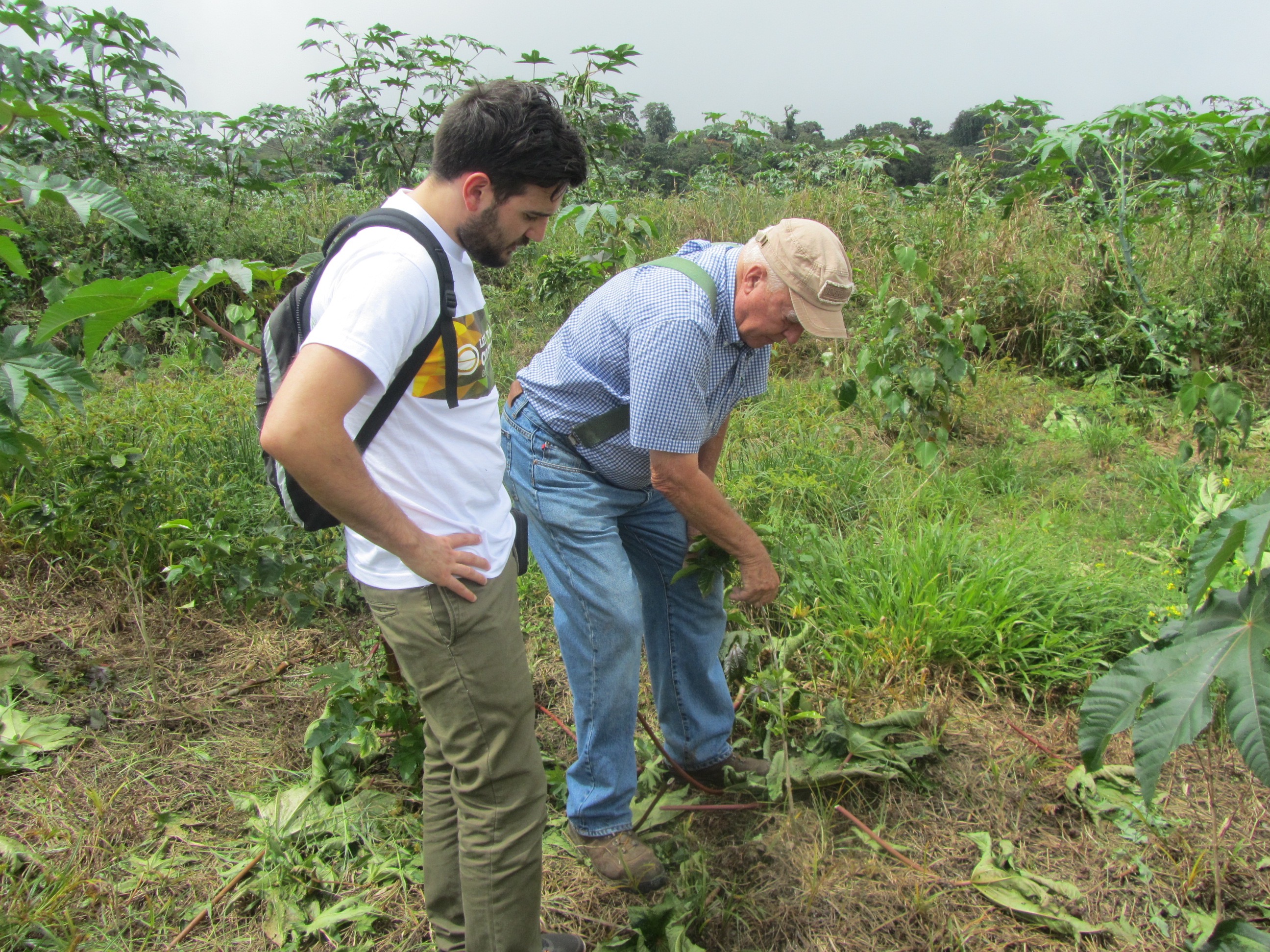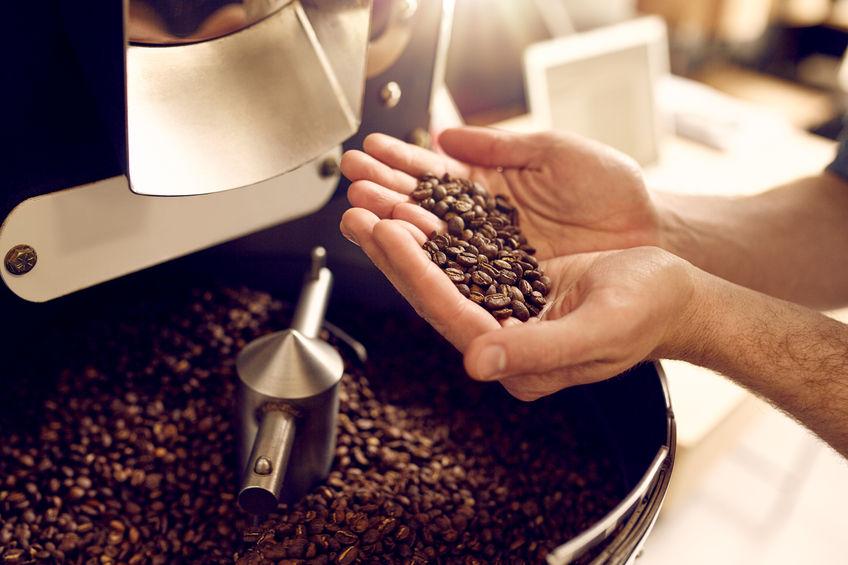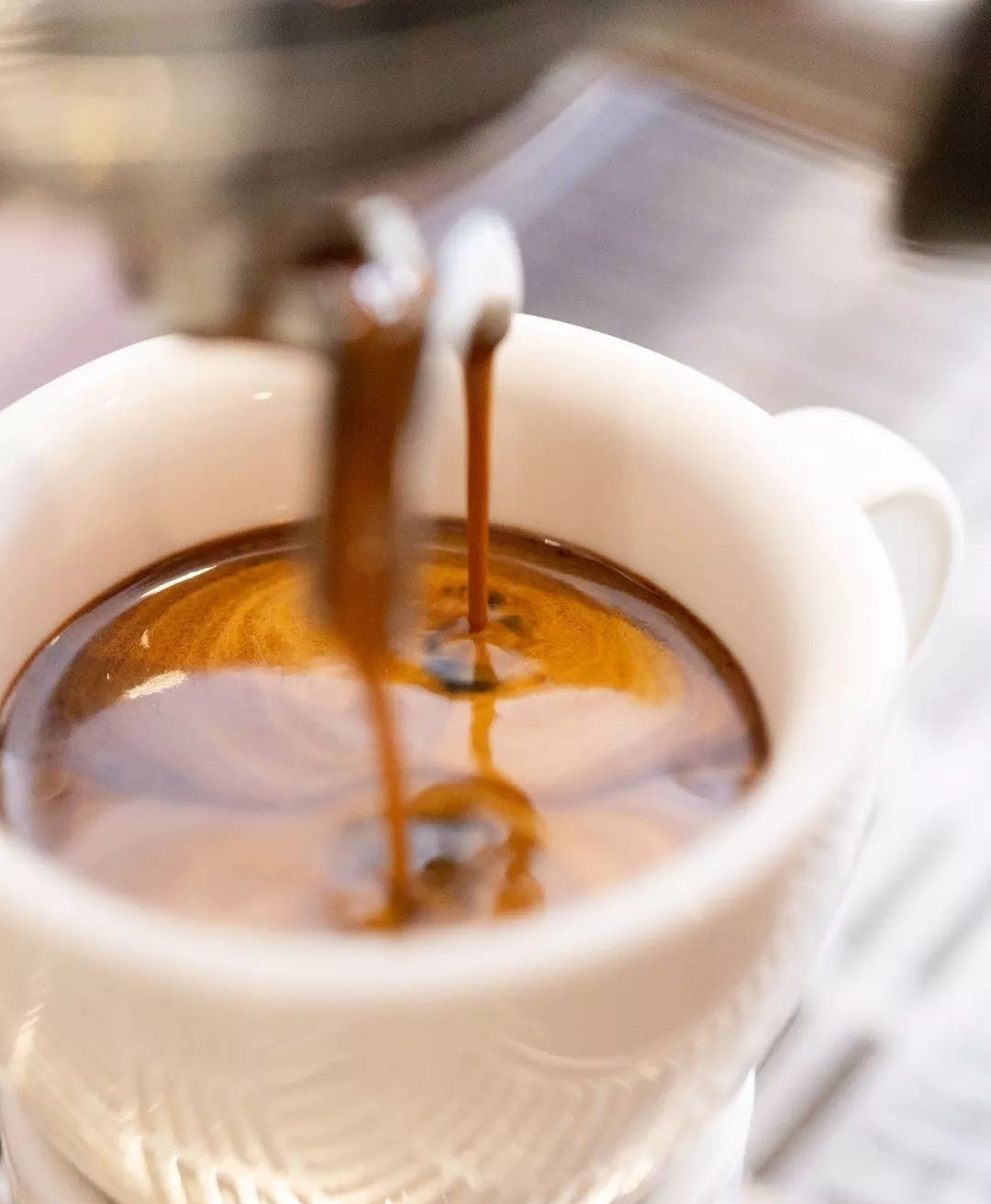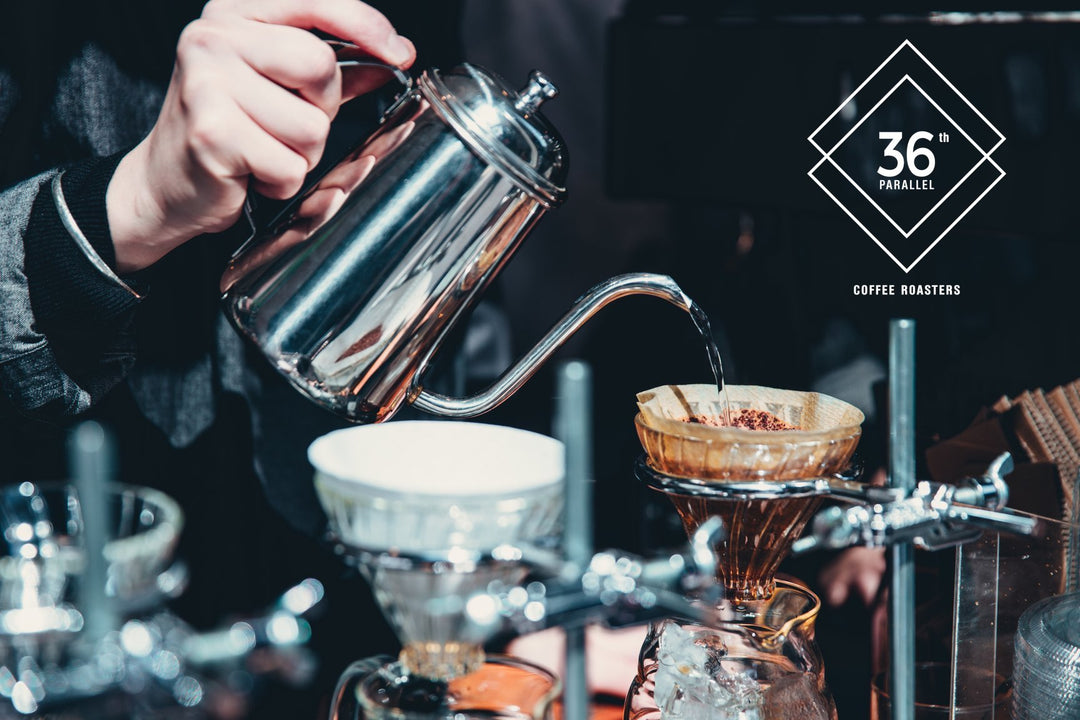Our General Manager, Chris Nikolakopoulos, spent 4 weeks travelling in South America visiting green coffee farms to select from the best coffees available. We are publishing a series of extracts from his travel diary to give you a great insight into the life of a coffee farmer.
Today we woke up nice and fresh after an 8 hour overnight bus ride from Panama City to Boquete, Panama.
We came here to visit the Hacienda (estate) La Esmeralda. Located in Boquete on the slopes of the Barú Volcano in Western Panama and owned by the Peterson Family, this farm produces high quality coffee, mostly of the geisha and catuai varieties, including the unique award-winning Esmeralda Special Geisha.
Today was a special day as we had the privilege of being shown around by the Petersen family.

We started our day by going to a coffee farm that was typical forest like terrain. This farm contained the geisha and standard specialty plants (see photo). Interestingly, I learnt that despite Geisha starting in Panama, it was derived from Ethiopian coffee stock that was introduced and planted in Panama around the mid 1900’s. It is now grown all over Central America due to its unique taste profile and high price. We were able to cup this coffee as a filter and I found it quite florally and fruity – not too dissimilar to an Ethiopian single but it definitely had stronger aromatics.

We then moved onto something I hadn’t seen before and that was an ‘experimental’ coffee farm. This was very different to the Geisha and specialty farm in that the coffee plants had a very structured layout. The family spent 3 years strategically planting shade trees before planting coffee trees to provide the right amount of protection. They have also planted both the shade and coffee trees further apart than usual as they are expecting the price of labour over the next 20 years to increase. Hence, they have left enough space so that mini-tractors can drive through and fertilise, weed etc. As soon as the coffee trees get to certain age/height, the shade trees will be removed to allow the coffee cherry’s to flourish.

Our day finished by going to the Processing mill. Hacienda (estate) La Esmeralda has both a wet mill and a dry mill. Interestingly, I learnt that now a days, that more and more millers are moving away from fermentation after depulping and using mechanical demucilageinating as it is believed that this will result in brighter notes in the bean.













Leave a comment